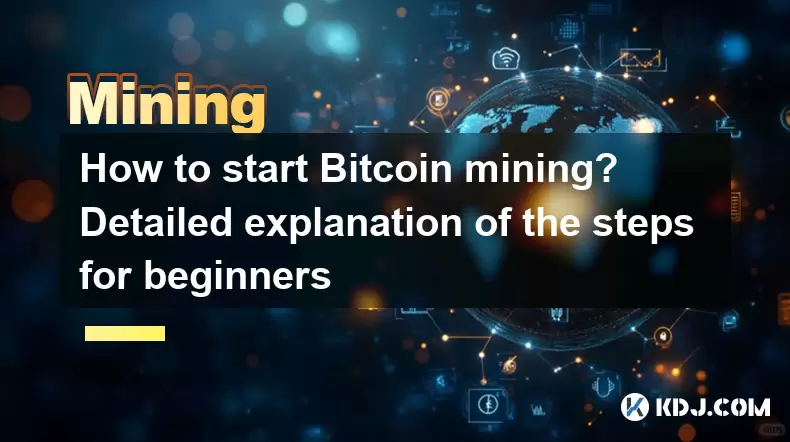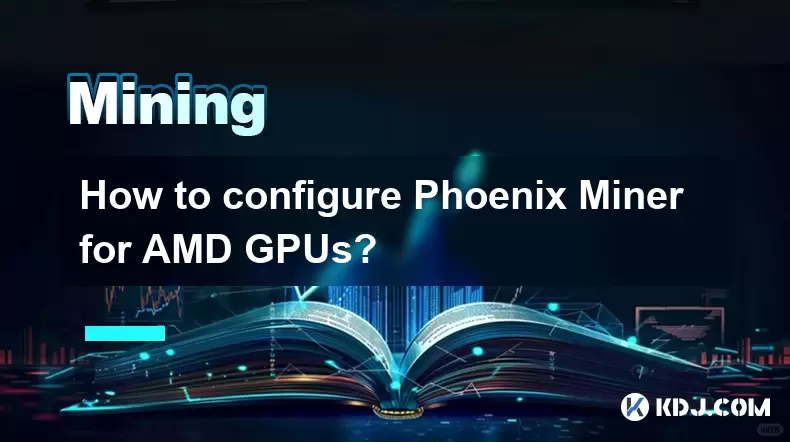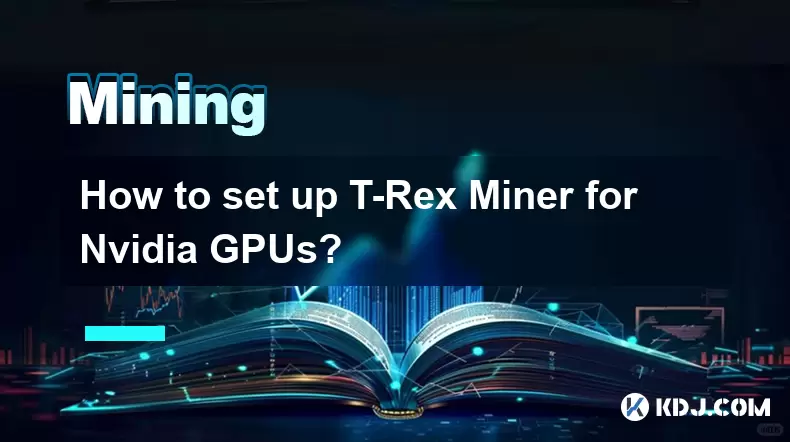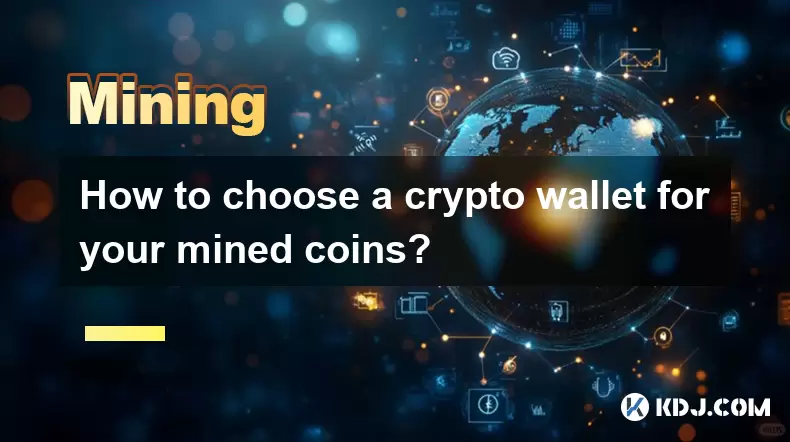-
 Bitcoin
Bitcoin $117700
-1.00% -
 Ethereum
Ethereum $4458
-3.91% -
 XRP
XRP $3.119
0.14% -
 Tether USDt
Tether USDt $1.001
-0.02% -
 BNB
BNB $836.6
-1.56% -
 Solana
Solana $189.5
-3.90% -
 USDC
USDC $0.9998
-0.02% -
 Dogecoin
Dogecoin $0.2335
1.29% -
 Cardano
Cardano $0.9642
1.51% -
 TRON
TRON $0.3539
-1.19% -
 Hyperliquid
Hyperliquid $47.41
-1.84% -
 Chainlink
Chainlink $21.92
-3.28% -
 Stellar
Stellar $0.4286
-0.23% -
 Sui
Sui $3.724
-3.29% -
 Bitcoin Cash
Bitcoin Cash $594.8
-0.78% -
 Ethena USDe
Ethena USDe $1.001
0.04% -
 Hedera
Hedera $0.2501
-2.06% -
 Avalanche
Avalanche $23.96
-4.87% -
 Litecoin
Litecoin $119.0
-2.32% -
 Toncoin
Toncoin $3.473
0.82% -
 UNUS SED LEO
UNUS SED LEO $9.596
0.17% -
 Shiba Inu
Shiba Inu $0.00001301
-0.39% -
 Uniswap
Uniswap $11.03
-0.25% -
 Polkadot
Polkadot $3.935
-2.62% -
 Dai
Dai $1.000
0.01% -
 Bitget Token
Bitget Token $4.564
-1.76% -
 Cronos
Cronos $0.1512
-4.11% -
 Ethena
Ethena $0.7306
-1.09% -
 Pepe
Pepe $0.00001087
-2.68% -
 Aave
Aave $300.2
-4.00%
How to start Bitcoin mining? Detailed explanation of the steps for beginners
Bitcoin mining involves solving complex math problems to validate transactions and can be started by beginners with the right hardware and guidance.
Jun 05, 2025 at 05:35 pm

Starting Bitcoin mining can seem daunting for beginners, but with the right guidance, it can be a straightforward process. Bitcoin mining is the process of adding new transactions to the Bitcoin blockchain and releasing new bitcoins into circulation. This article will walk you through the detailed steps required to start mining Bitcoin, from understanding the basics to setting up your mining equipment.
Understanding Bitcoin Mining
Before diving into the technical aspects, it's essential to understand what Bitcoin mining is and why it's important. Bitcoin mining involves solving complex mathematical problems to validate transactions on the Bitcoin network. Miners are rewarded with new bitcoins for their efforts, which incentivizes them to keep the network secure and operational. The process requires significant computational power, which has led to the development of specialized hardware.
Choosing the Right Mining Hardware
The choice of hardware is crucial for successful Bitcoin mining. ASIC miners (Application-Specific Integrated Circuit) are the most efficient devices for Bitcoin mining due to their high hash rates and energy efficiency. Some popular ASIC miners include the Antminer S19, WhatsMiner M30S++, and Bitmain Antminer S17. When selecting a miner, consider the following factors:
- Hash rate: The speed at which the miner can solve mathematical problems.
- Power consumption: The amount of electricity the miner uses, which affects your operational costs.
- Price: The initial cost of the hardware, which should be weighed against potential returns.
Setting Up Your Mining Rig
Once you've chosen your hardware, the next step is to set up your mining rig. Here's a detailed guide on how to do it:
- Connect the ASIC miner to a power supply: Ensure that the power supply unit (PSU) is compatible with your ASIC miner. Most miners come with a recommended PSU, so follow the manufacturer's guidelines.
- Set up a cooling system: Mining generates a lot of heat, so you'll need fans or a dedicated cooling system to keep your equipment running efficiently.
- Connect to the internet: Your mining rig needs a stable internet connection to communicate with the Bitcoin network.
Joining a Mining Pool
Mining Bitcoin solo can be challenging due to the high difficulty level and the need for significant computational power. Joining a mining pool increases your chances of earning a steady income from mining. A mining pool is a group of miners who combine their computational resources to solve blocks more efficiently. When a block is solved, the reward is distributed among the pool members based on their contributed hash power. Some popular mining pools include:
- Slush Pool
- Antpool
- F2Pool
To join a mining pool, follow these steps:
- Choose a mining pool: Research different pools and select one that suits your needs.
- Create an account: Sign up on the pool's website and create an account.
- Configure your miner: Use the pool's provided settings to configure your ASIC miner. This usually involves entering the pool's URL, your username, and a password.
Installing and Configuring Mining Software
Mining software is essential for connecting your hardware to the Bitcoin network and managing your mining operations. Some popular mining software includes:
- CGMiner
- BFGMiner
- EasyMiner
Here's how to install and configure your mining software:
- Download the software: Visit the official website of the mining software you've chosen and download the latest version.
- Install the software: Follow the installation instructions provided by the software. This usually involves running an installer and following the prompts.
- Configure the software: Open the software and enter the settings provided by your mining pool. This includes the pool's URL, your username, and password.
- Start mining: Once everything is configured, start the mining process through the software. Monitor your mining performance and adjust settings as needed.
Managing Your Mining Earnings
After setting up your mining operation, you'll need to manage your earnings effectively. Bitcoin mining earnings can be sent to a Bitcoin wallet of your choice. Here's how to set up a wallet and manage your earnings:
- Choose a Bitcoin wallet: There are various types of wallets, including software, hardware, and online wallets. Popular options include Ledger, Trezor, and Coinbase.
- Set up your wallet: Follow the instructions provided by your chosen wallet provider to set up your wallet. This usually involves downloading software or purchasing a hardware device.
- Transfer your earnings: Once you have a wallet, configure your mining software to send your earnings to your wallet address. Most mining pools allow you to set up automatic payouts to your wallet.
Monitoring and Maintaining Your Mining Rig
To ensure your mining operation runs smoothly, you'll need to monitor and maintain your equipment regularly. Monitoring your mining rig involves checking its performance, temperature, and hash rate. Here's how to do it:
- Use monitoring software: Many mining software solutions come with built-in monitoring tools. You can also use third-party tools like Awesome Miner or Minerstat to keep an eye on your rig's performance.
- Check temperatures: Ensure that your mining rig's temperature is within safe limits. Overheating can damage your equipment and reduce its efficiency.
- Clean and maintain your equipment: Regularly clean your mining rig to prevent dust buildup, which can affect performance. Replace any worn-out parts and ensure that your cooling system is working effectively.
Frequently Asked Questions
Q: Is Bitcoin mining profitable for beginners?
A: Profitability depends on several factors, including the cost of electricity, the price of Bitcoin, and the efficiency of your mining hardware. Beginners should start with a small-scale operation and monitor their costs and earnings to determine if mining is profitable for them.
Q: How long does it take to start earning from Bitcoin mining?
A: The time it takes to start earning depends on your mining setup and the mining pool you join. With a well-configured rig and a reputable mining pool, you can start earning within a few days of setting up your operation.
Q: Can I mine Bitcoin on a regular computer?
A: While it's technically possible to mine Bitcoin on a regular computer, it's not recommended due to the low hash rate and high electricity consumption. ASIC miners are much more efficient and cost-effective for Bitcoin mining.
Q: What are the risks associated with Bitcoin mining?
A: Bitcoin mining comes with several risks, including the volatility of Bitcoin's price, the potential for hardware failure, and the high cost of electricity. It's essential to understand these risks and plan accordingly before starting your mining operation.
Disclaimer:info@kdj.com
The information provided is not trading advice. kdj.com does not assume any responsibility for any investments made based on the information provided in this article. Cryptocurrencies are highly volatile and it is highly recommended that you invest with caution after thorough research!
If you believe that the content used on this website infringes your copyright, please contact us immediately (info@kdj.com) and we will delete it promptly.
- Kazakhstan's Crypto Leap: Bitcoin ETF and Central Asia's Digital Finance Future
- 2025-08-13 12:45:19
- BlockDAG Presale Blazes Past $371M: Fundraising Frenzy Fuels Crypto Sensation
- 2025-08-13 13:05:21
- Meme Coins: Chasing the 2025 Surge – Which Will Moonshot?
- 2025-08-13 10:25:23
- Bitcoin's Wild Ride: Rally, Pullback, and What's Next
- 2025-08-13 10:25:23
- Bitcoin, Bitmax, and Institutional Demand: A New Era of Crypto Investment
- 2025-08-13 10:45:12
- Solana, ROAM, and Airdrops: What's the Buzz in 2025?
- 2025-08-13 11:35:13
Related knowledge

How to configure Phoenix Miner for AMD GPUs?
Aug 11,2025 at 03:21am
Understanding Phoenix Miner and Its Compatibility with AMD GPUsPhoenix Miner is a lightweight, high-performance Ethereum mining software designed for ...

How to set up T-Rex Miner for Nvidia GPUs?
Aug 10,2025 at 12:07am
Understanding T-Rex Miner and Its Compatibility with Nvidia GPUsT-Rex Miner is a high-performance mining software designed specifically for Nvidia GPU...

What is "proof-of-work" and how does it relate to mining?
Aug 07,2025 at 02:03pm
Understanding the Concept of Proof-of-WorkProof-of-work (PoW) is a consensus mechanism used in blockchain networks to validate transactions and secure...

How to choose a crypto wallet for your mined coins?
Aug 13,2025 at 11:36am
Understanding the Types of Crypto Wallets for Mined CoinsWhen selecting a crypto wallet for your mined coins, the first step is to understand the diff...

What are the differences between mining on Windows vs. Linux?
Aug 06,2025 at 11:29pm
Overview of Cryptocurrency Mining PlatformsCryptocurrency mining involves using computational power to solve complex cryptographic puzzles and validat...

How to use an old computer for cryptocurrency mining?
Aug 07,2025 at 12:42pm
Understanding the Feasibility of Using an Old Computer for MiningUsing an old computer for cryptocurrency mining may seem outdated, but it is still te...

How to configure Phoenix Miner for AMD GPUs?
Aug 11,2025 at 03:21am
Understanding Phoenix Miner and Its Compatibility with AMD GPUsPhoenix Miner is a lightweight, high-performance Ethereum mining software designed for ...

How to set up T-Rex Miner for Nvidia GPUs?
Aug 10,2025 at 12:07am
Understanding T-Rex Miner and Its Compatibility with Nvidia GPUsT-Rex Miner is a high-performance mining software designed specifically for Nvidia GPU...

What is "proof-of-work" and how does it relate to mining?
Aug 07,2025 at 02:03pm
Understanding the Concept of Proof-of-WorkProof-of-work (PoW) is a consensus mechanism used in blockchain networks to validate transactions and secure...

How to choose a crypto wallet for your mined coins?
Aug 13,2025 at 11:36am
Understanding the Types of Crypto Wallets for Mined CoinsWhen selecting a crypto wallet for your mined coins, the first step is to understand the diff...

What are the differences between mining on Windows vs. Linux?
Aug 06,2025 at 11:29pm
Overview of Cryptocurrency Mining PlatformsCryptocurrency mining involves using computational power to solve complex cryptographic puzzles and validat...

How to use an old computer for cryptocurrency mining?
Aug 07,2025 at 12:42pm
Understanding the Feasibility of Using an Old Computer for MiningUsing an old computer for cryptocurrency mining may seem outdated, but it is still te...
See all articles

























































































